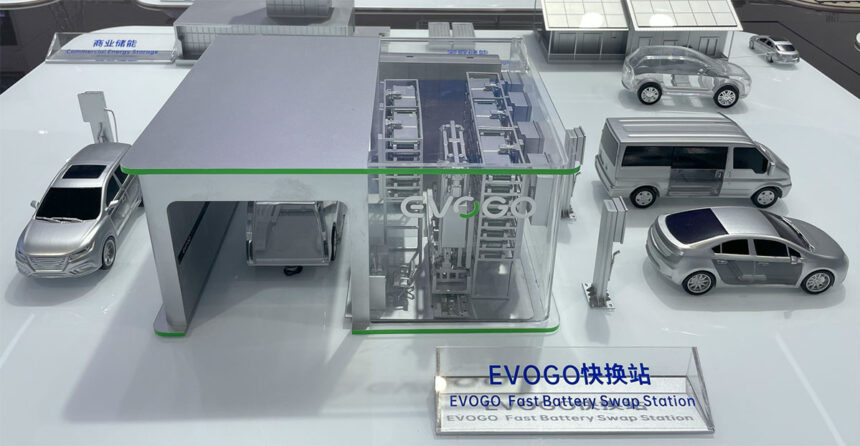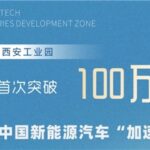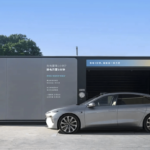Contemporary Amperex Technology Co Ltd (CATL) has made a significant move in its battery swap business by introducing standardized Choco-SEB battery packs for electric vehicles (EVs). This initiative was announced at a recent eco-conference in Xiamen, Fujian province, where CATL is headquartered.
The company unveiled two standardized battery packs, named #20 and #25, which are designed for different classes of EVs. The #20 pack is suitable for A0-class vehicles, while the #25 pack is intended for larger A- and B-class vehicles. Both packs come with options for lithium iron phosphate (LFP) and lithium ternary chemistries to cater to varying customer needs.
The #20 pack offers a capacity of 42 kWh with a range of about 400 kilometers for the LFP version and 52 kWh with a range of 500 kilometers for the ternary version. On the other hand, the #25 pack has a capacity of 56 kWh with a range of 500 kilometers for the LFP version and 70 kWh with a range of 600 kilometers for the ternary version.
CATL’s battery swap service follows a Battery as a Service (BaaS) model, where customers only need to purchase the vehicle body while renting the battery. The company has also announced competitive pricing plans for the battery packs, with options for limited and unlimited monthly mileage.
In addition to the battery packs, CATL has signed subscription orders for over 100,000 Choco-SEB batteries with various companies. The company has also partnered with car manufacturers like Changan Automobile and China FAW Group to launch 10 models supporting Choco-SEB battery packs in the coming quarters.
CATL has ambitious infrastructure plans for its battery swap stations, aiming to reach 1,000 stations next year and eventually expanding to 10,000 stations in the medium term. The company’s long-term goal is to establish 30,000 battery swap stations, with contributions from the entire society towards achieving this target.
Overall, CATL’s standardized Choco-SEB battery packs and strategic partnerships signal a new era in the battery swap business, with a focus on standardization, efficiency, and sustainability in the EV ecosystem. It will be interesting to see how these developments shape the future of electric mobility and infrastructure worldwide.





